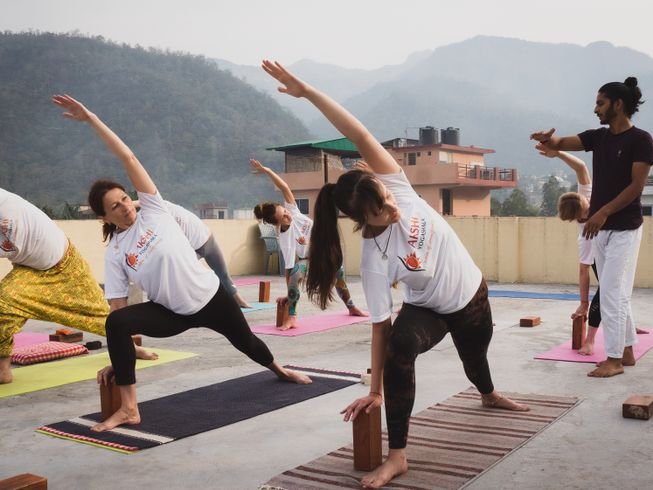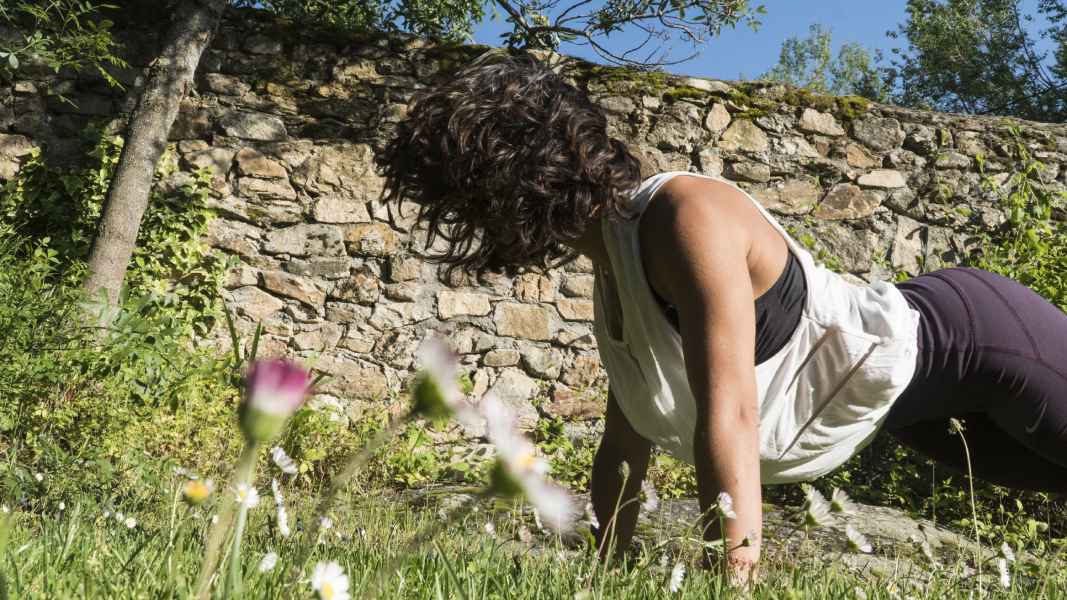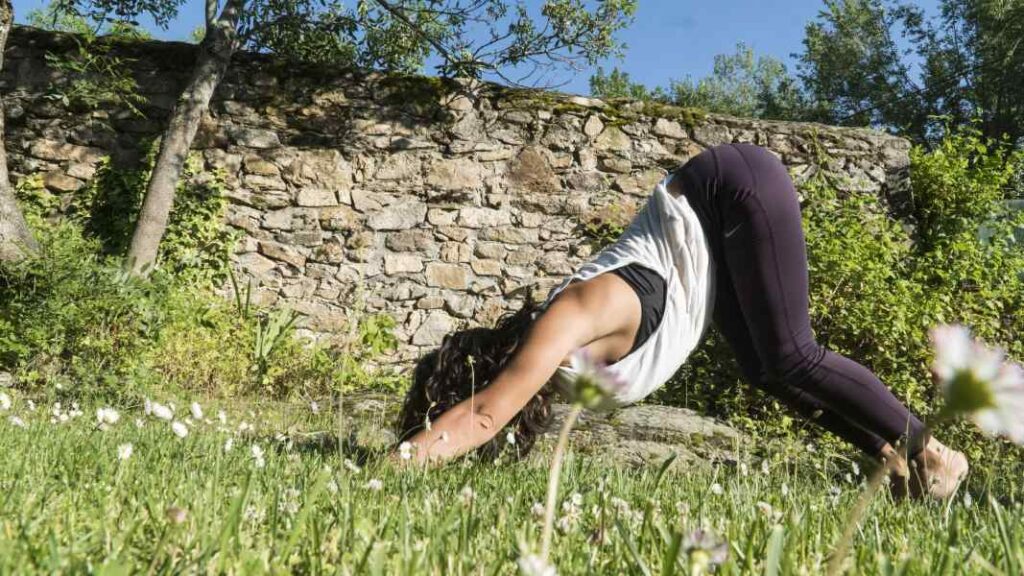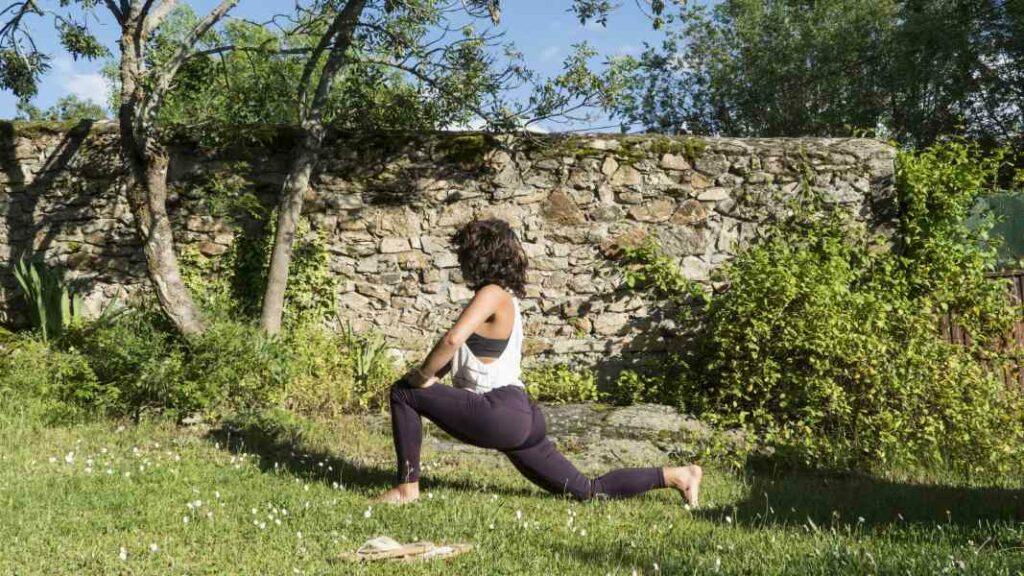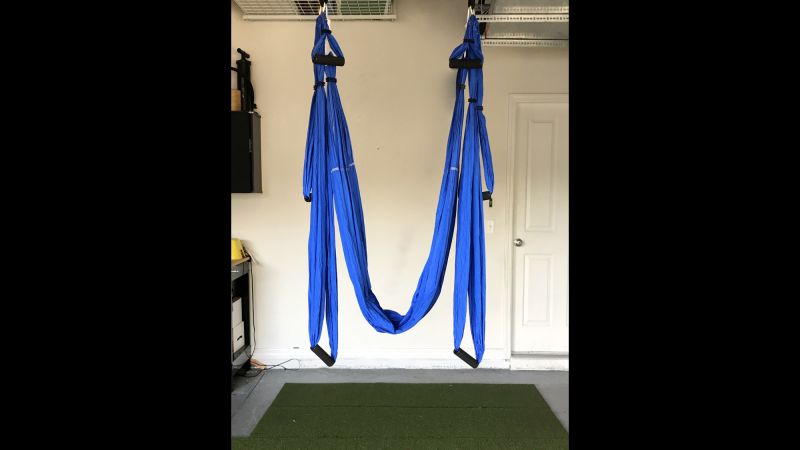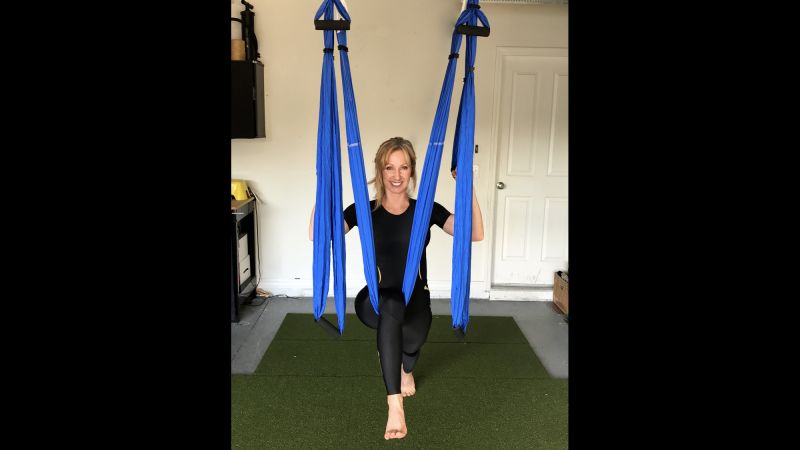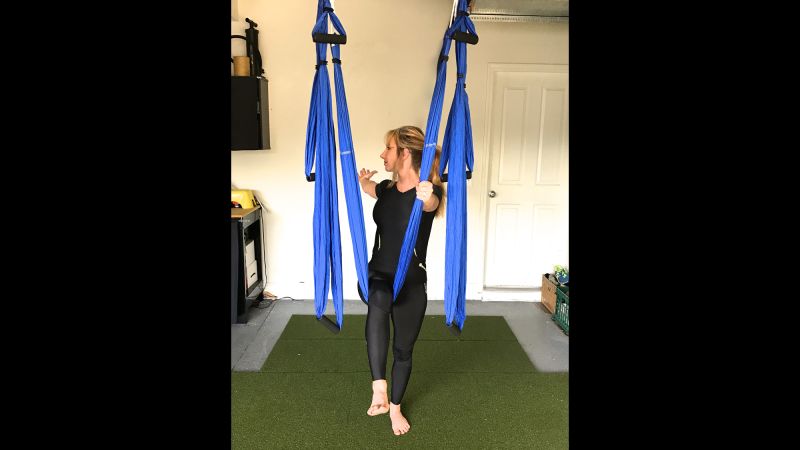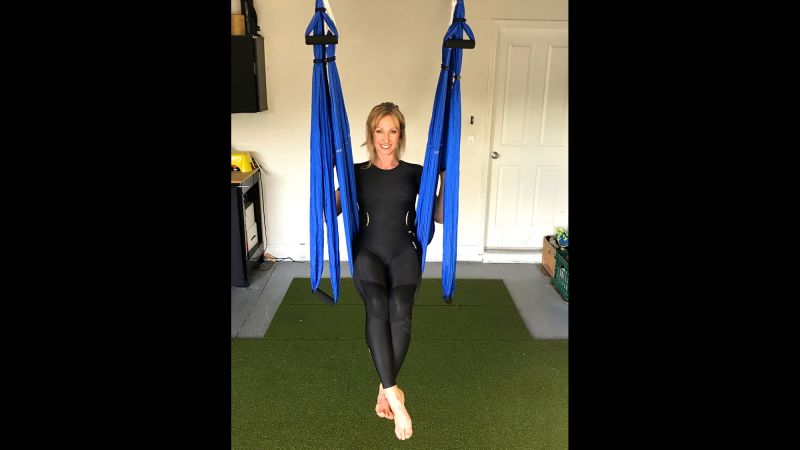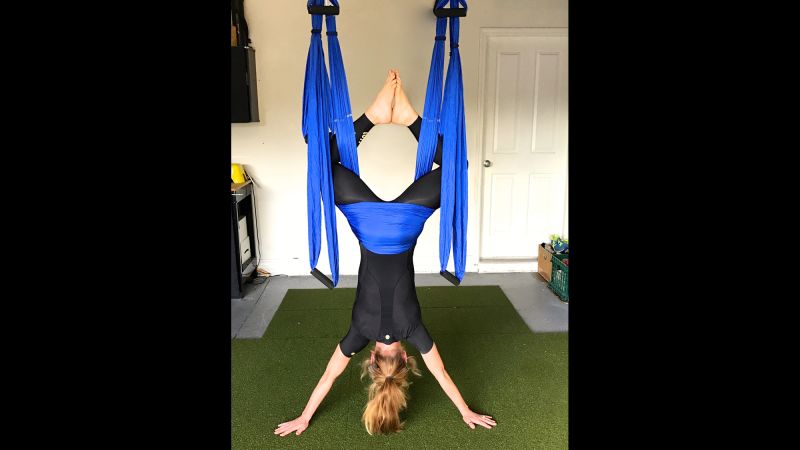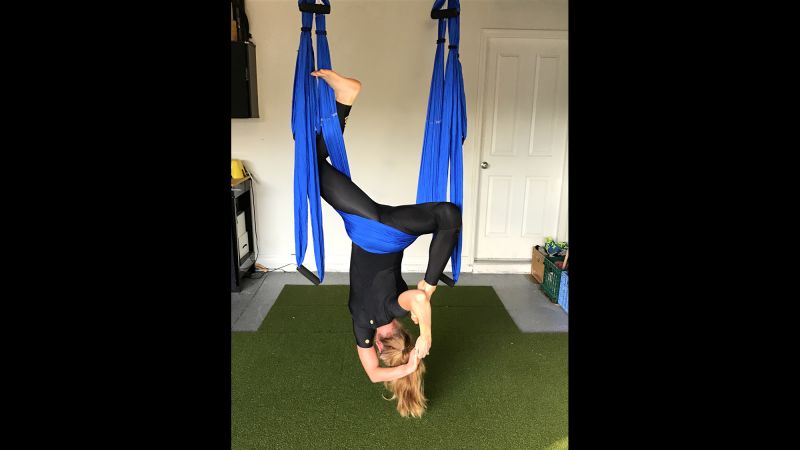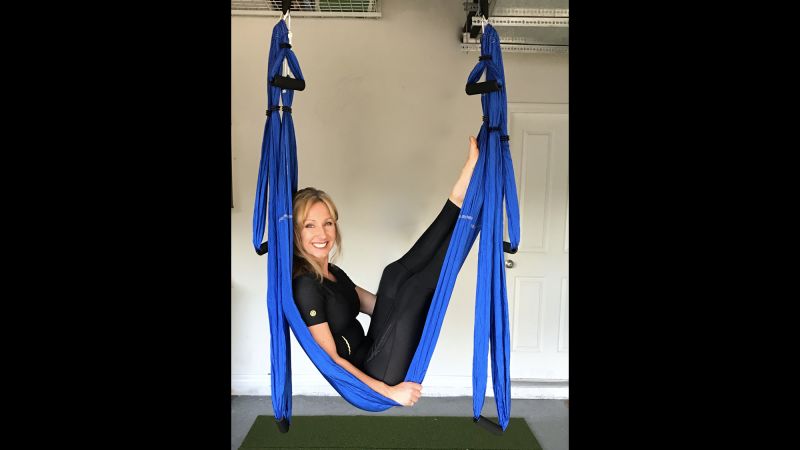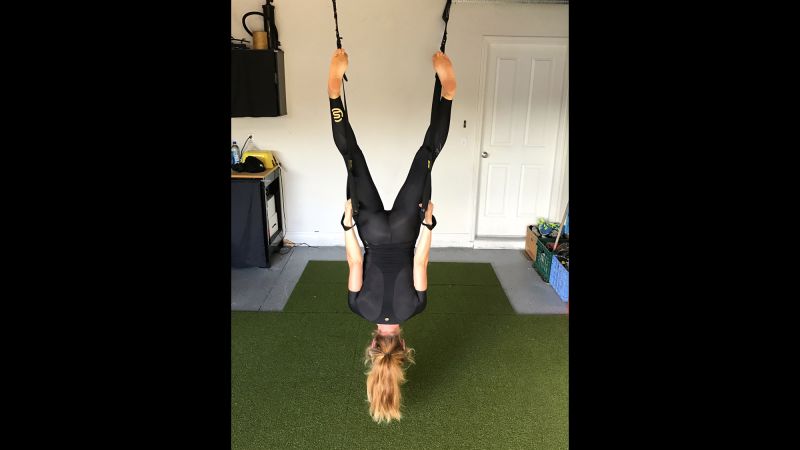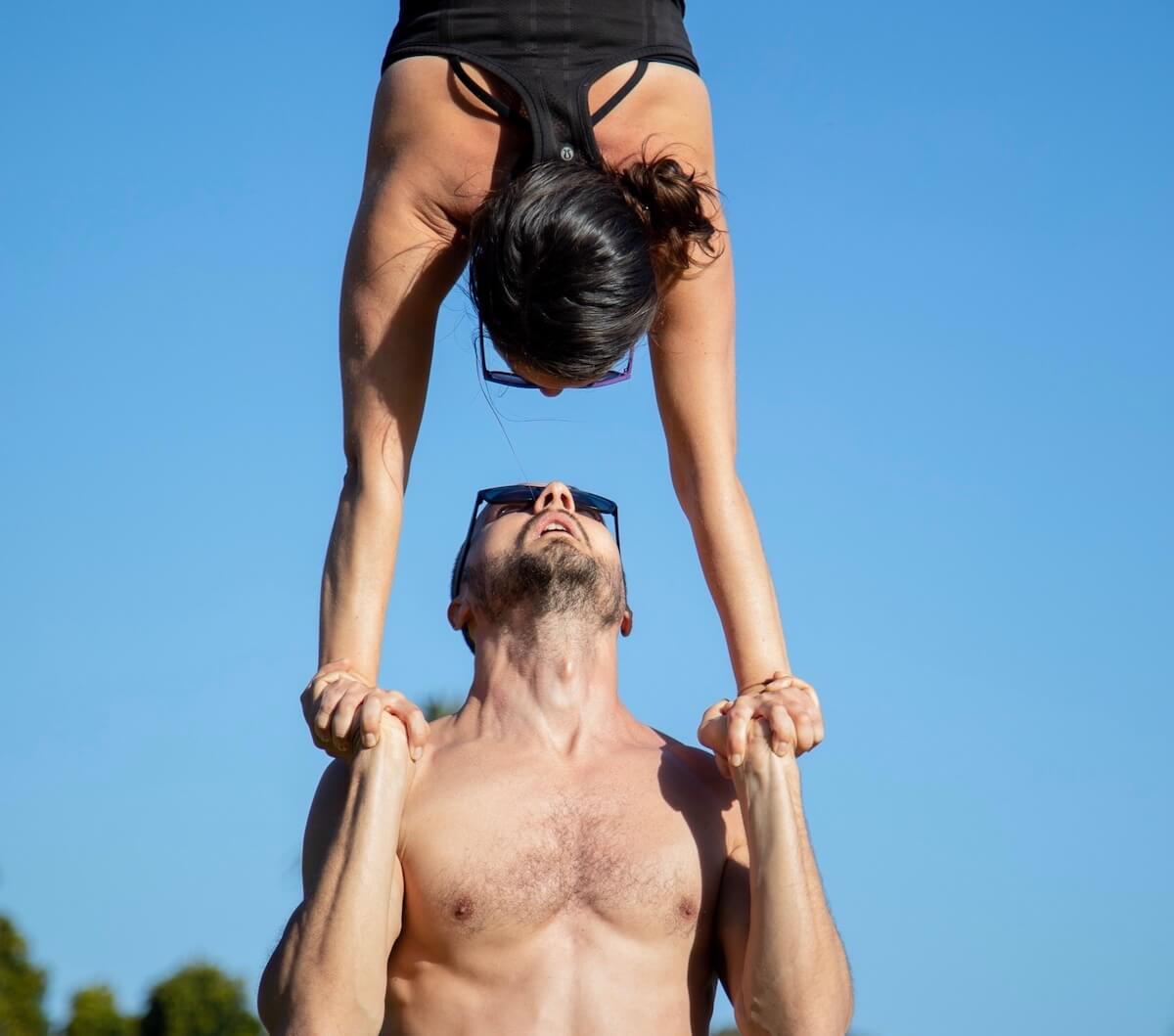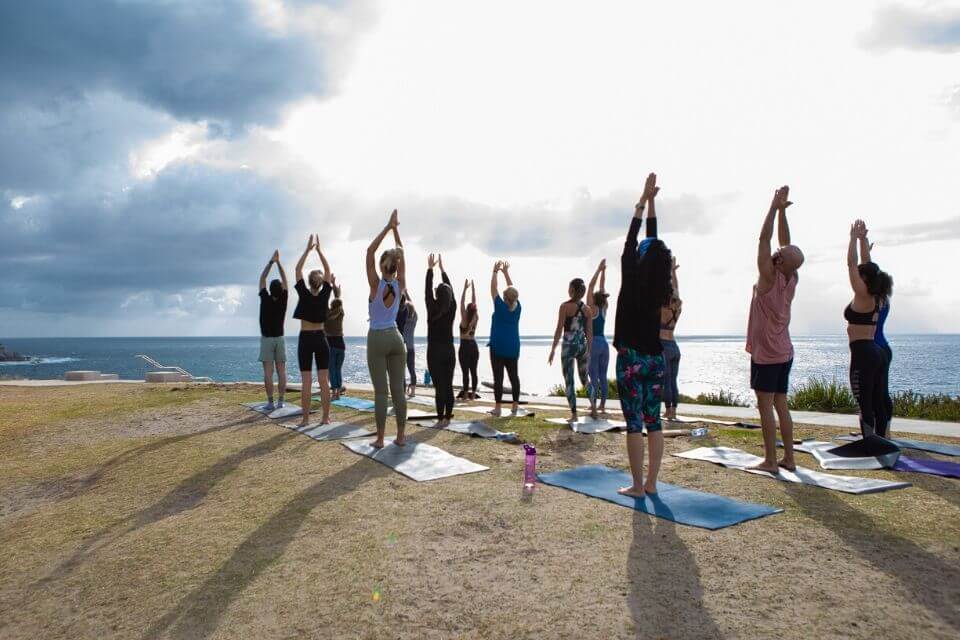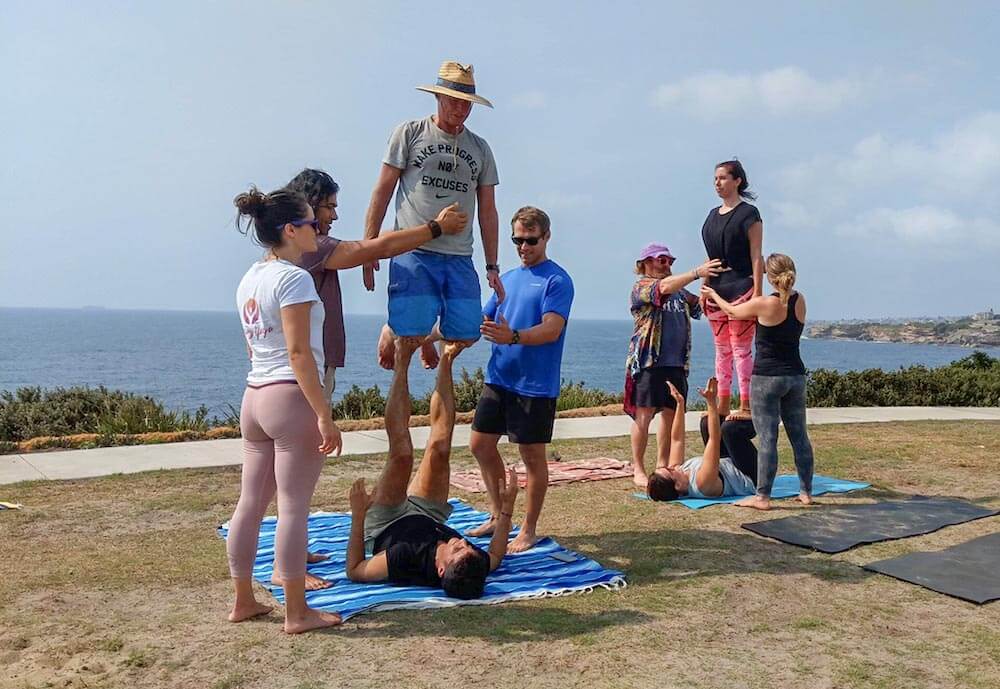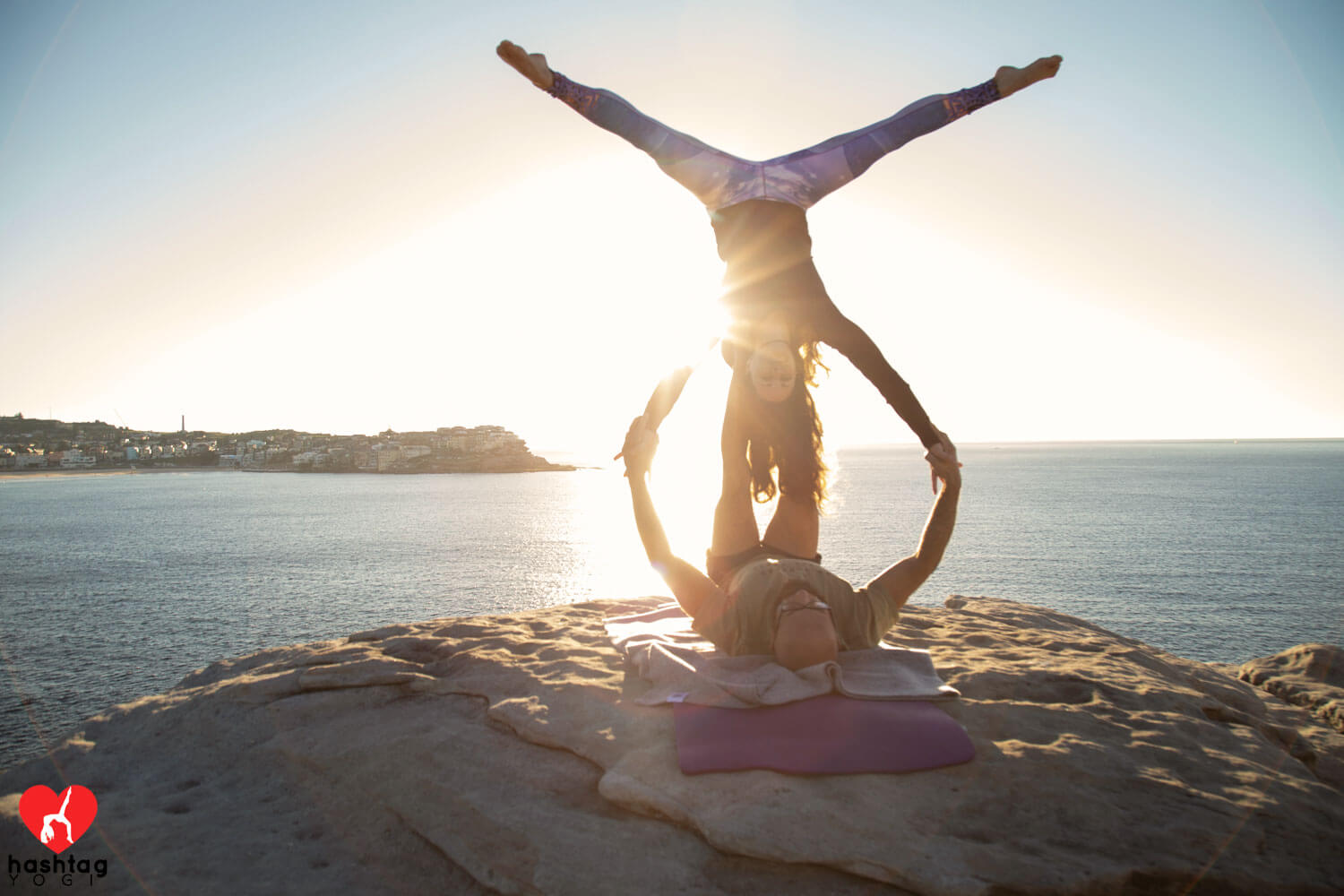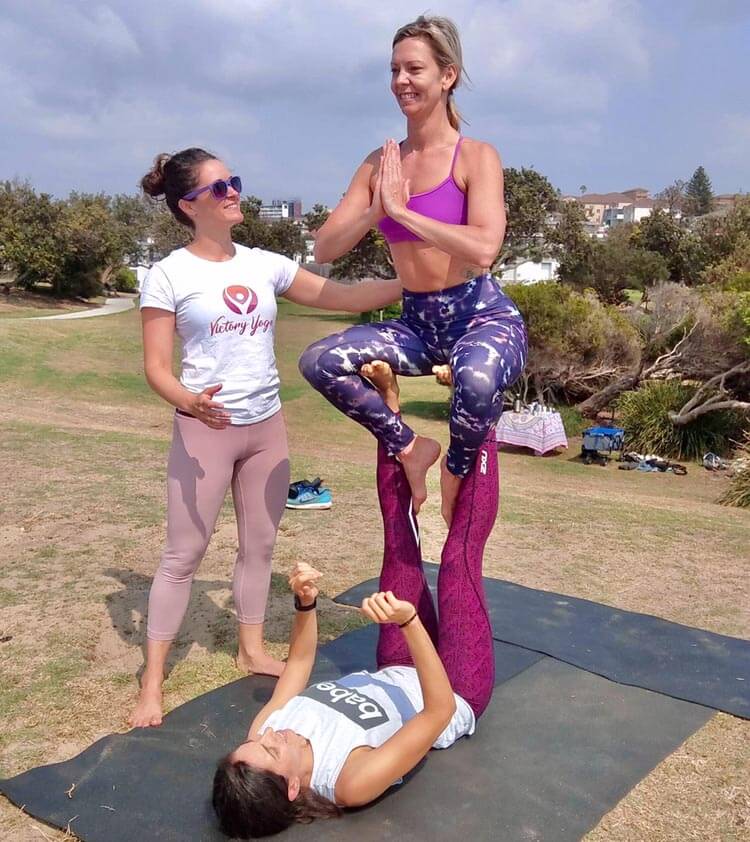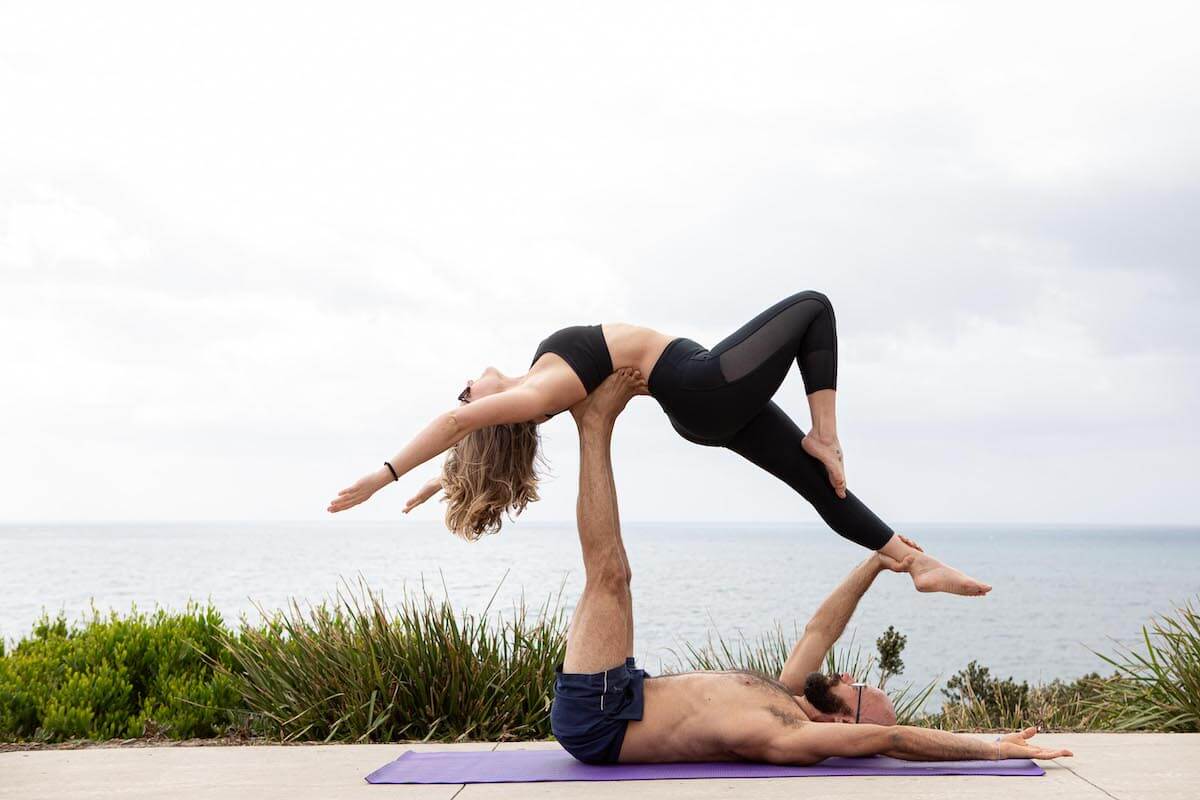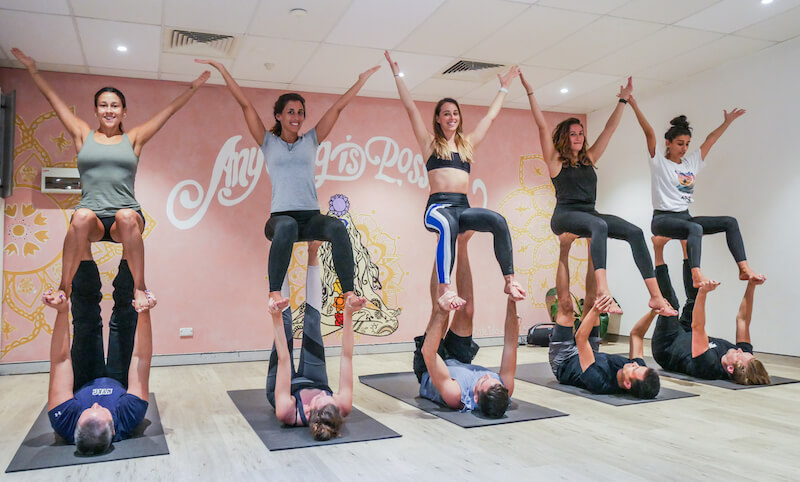Bhakti Yoga: Origin, benefits & practices about divine healing
Bhakti yoga is a spiritual practice that emphasizes the devotion and love of an individual towards God. It is one of the four main paths of yoga, along with karma yoga, jnana yoga, and raja yoga. Bhakti yoga is considered to be the easiest and most natural path to achieve spiritual enlightenment. In this blog, we will explore the concept of bhakti yoga, its history, practices, benefits, and how it can be integrated into daily life.
What are the origins of bhakti yoga?
Bhakti Yoga is a spiritual path in Hinduism that emphasizes the devotion and love towards a personal God or goddess. It is believed to have originated in ancient India and has been practiced for thousands of years.
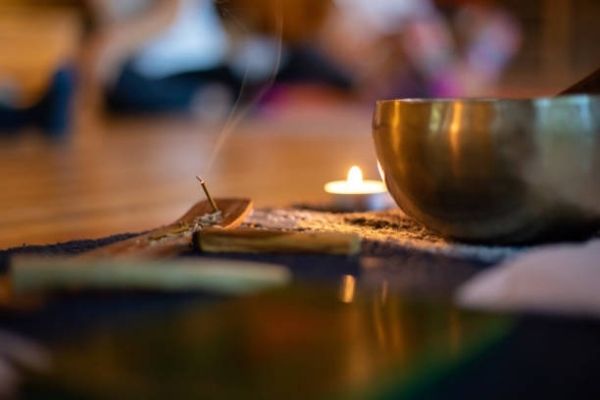
The roots of Bhakti Yoga can be traced back to the Vedas, which are among the oldest Hindu scriptures. The Vedas contain hymns and mantras that express devotion to various deities. In the Bhagavad Gita, an important text in Hinduism, Krishna teaches Arjuna about the importance of devotion and surrender to God, which forms the basis of Bhakti Yoga.
Bhakti Yoga became more prominent during the medieval period in India, when various saints and mystics began to spread its teachings. One of the most influential figures in the history of Bhakti Yoga was the 12th-century poet and saint, Jayadeva. He is credited with composing the Gita Govinda, a devotional poem that celebrates the love between the Hindu god Krishna and his consort Radha.
Other famous saints and poets who contributed to the development of Bhakti Yoga include Mirabai, Tulsidas, and Surdas. Their poems and songs express deep devotion and love towards God, and have inspired countless followers to practice Bhakti Yoga.
Today, Bhakti Yoga continues to be a popular spiritual practice in India and around the world. It is often practiced alongside other yogic paths, such as Hatha Yoga and Raja Yoga, as a way of cultivating a deeper connection with the divine.
What is Bhakti Yoga?
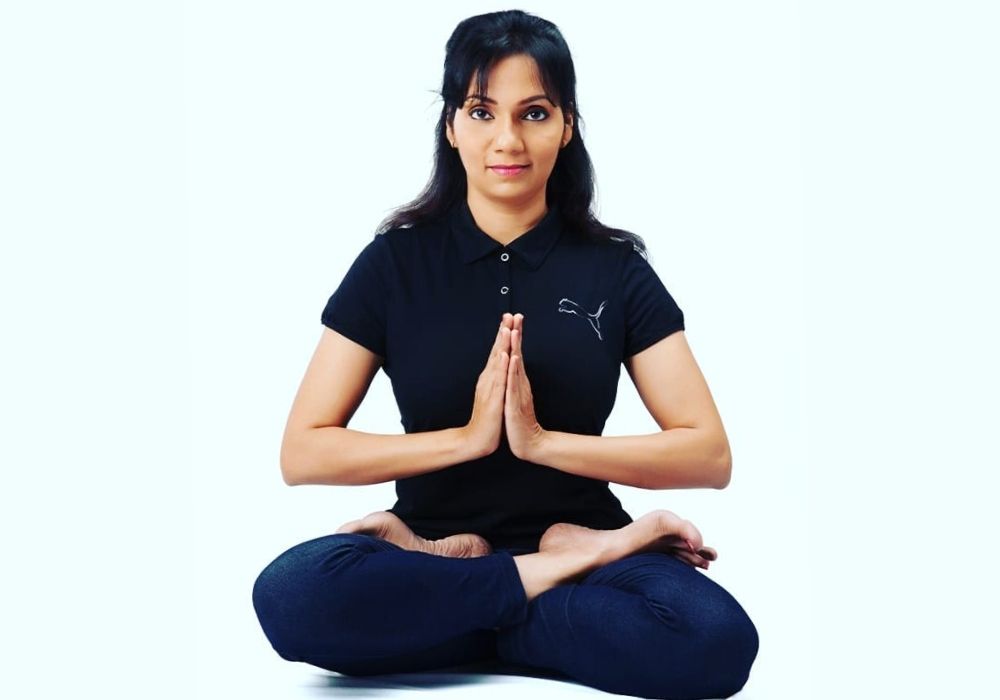
The practice of bhakti yoga involves cultivating a deep and loving relationship with God through devotional practices such as singing, chanting, prayer, and meditation. The ultimate goal of bhakti yoga is to attain spiritual liberation and merge with the divine.
Common practices of bhakti yoga –
Here are some common practices of bhakti yoga:
Prayer: Prayer is a ritualistic worship of the divine. It involves offering flowers, incense, and other offerings to the deity and meditating on their divine qualities. A well-known yoga guru and ardent practitioner of bhakti yoga – Swami Rama (1925–1996) differentiated between “ego-centered prayer,” which he explains as “desire-filled prayer,” and “genuine prayer,” which comes from within. The best form of genuine prayer is gratitude journal.
Chanting Mantra: Chanting Mantra is one of the primary practices of bhakti yoga. It involves repeating the names of God, such as Om (“Aum”), to create a meditative and devotional atmosphere. Mantra is a Sanskrit word containing “Manas” meaning “Mind” and “trava” indicating “to liberate”. Mantras are given to students directly by their gurus, but most of them are found in yogic texts.
Japa: Japa is the repetition of a mantra, such as Om or are Krishna, on a string of prayer beads. It is a powerful and meditative practice that helps to quiet the mind and focus on the divine.
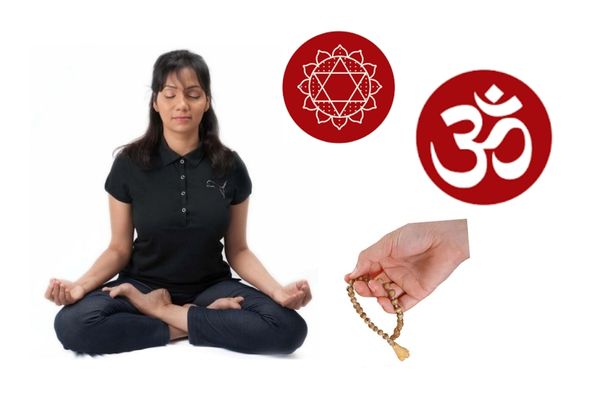
Mudra: Mudra is symbolic gesture usually expressed by the hands and fingers, though some mudras involve the entire body.
Kirtan: Kirtan is a form of call-and-response chanting that involves a group of people singing and playing musical instruments. It is a powerful and uplifting way to connect with God and other devotees.
Benefits of bhakti yoga –
Bhakti yoga offers many benefits to the practitioner, including:
Increased sense of peace and well-being: Bhakti yoga helps to cultivate a deep sense of peace and well-being by connecting the practitioner to the divine.
Greater compassion and empathy: Bhakti yoga helps to cultivate a sense of compassion and empathy towards all living beings, as the practitioner sees the divine in all.
Increased spiritual awareness: Bhakti yoga helps to increase spiritual awareness and deepen the practitioner’s connection to the divine.
Greater emotional stability: Bhakti yoga helps to develop emotional stability by cultivating a sense of detachment from material possessions and focusing on the divine.
Integrating Bhakti Yoga into Daily Life –
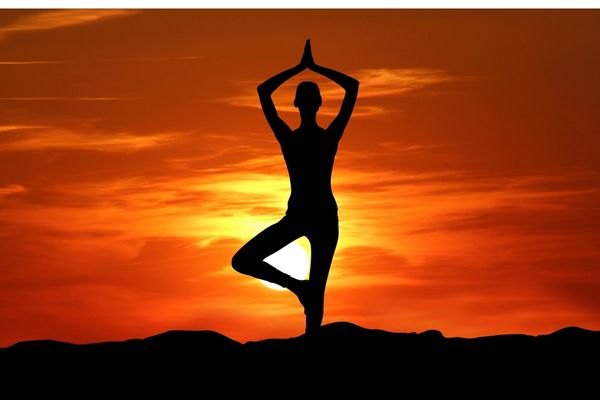
Bhakti yoga can be integrated into daily life in many ways, such as:
Creating a sacred space: Creating a sacred space in your home where you can practice bhakti yoga can help to cultivate a sense of devotion and connection to the divine.
Chanting and singing: Incorporating chanting and singing into your daily routine, such as during your morning or evening meditation, can help to create a devotional atmosphere.
Offering gratitude: Taking time each day to offer gratitude for the blessings in your life can help to cultivate a sense of devotion and connection to the divine.
Serving others: Serving others, whether through acts of kindness or by volunteering in your community, can be a powerful way to practice bhakti yoga and cultivate a sense of compassion and empathy towards all living beings.
[……]

